The last destination on this 2 week long journey concluded in Shenzhen, a major city in the Guangdong province. As one of China’s first special economic zones, where more free-market oriented policies are instated, such as preferential tax rates and reduced regulation turned Shenzhen from a market town to a global economy practically overnight. It isn’t really a city you would visit for tourism, but what it lacks in tourist attractions it makes up in the amount of high tech companies headquartered here. Social media and investment holding giant, Tencent, the world’s largest insurance company, Ping An insurance, as well as telecom giants ZTE and Huawei all have headquarters in Shenzhen. These hi-tech companies congregate at the Science and Technology Park in the Nanshan district, which also contains Shekou, where my aunt and uncle lives.
Shekou actually has its own interesting backstory. Due to Shenzhen being an economic development zone and its proximity to Hong Kong (right across then Shenzhen bay, about 30 minutes by ferry), it actually was designated as a free trade zone, where customs duty is generally not applied. As such, in a similar vein to the rest of Shenzhen, the development in Shekou has accelerated tremendously as well over the past decades, with most of its development being land reclamation and redevelopment, effectively creating new land by filling in the bay.
It is also one of the largest homes to temporary migrant workers to the region, also known as expats. Due to its unique geographical location as well as historical circumstances involving oil exploration in the South China Sea in the 1980s that brought skilled foreign laborers to Shekou, it plays host to many international schools and it’s not uncommon to see foreigners exercising on the docks or riding the subway.
The most famous destination in Shekou would be the Minghua ship, which is completely landlocked and converted into a sort of western styled entertainment complex. The literal translation would be called “Sea World,” with various restaurants of varying styles of cuisine from all around the world. One can speculate that this conversion was done to capitalize on the unique background of the area.
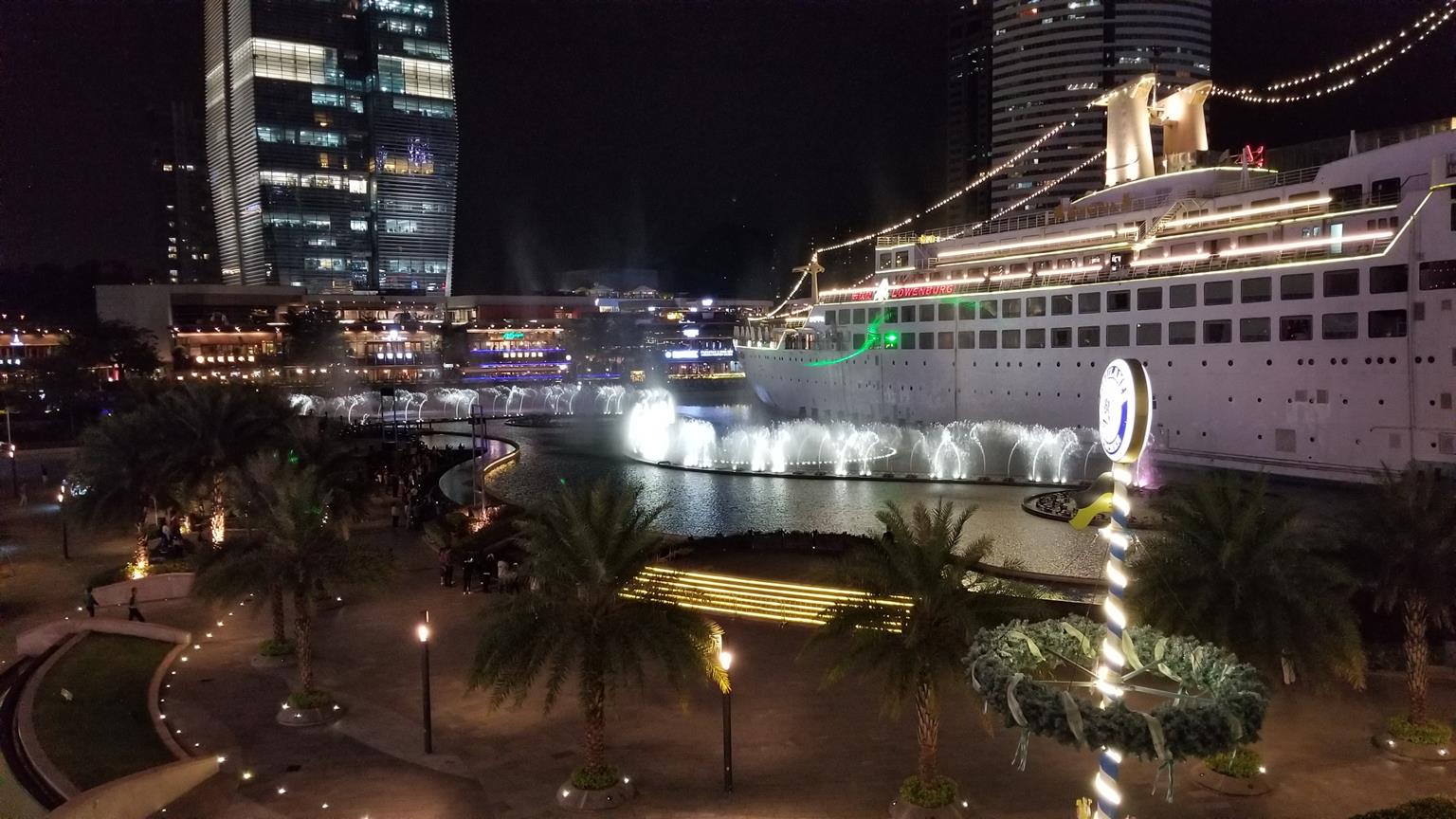
Although Shenzhen wouldn’t be what you call a tourist hotspot, it hasn’t really stopped the city from trying to be one. It has plenty of shopping complexes of its own, as well as two major theme parks, which can be translated to “Splendid China – Folk Culture Villages”, and the “Window of the World”. The concept is fairly simple, they used to be just scenic spots with 1:15 scaled down models of famous vistas in China and around the world, but now has been converted to theme parks with rides and kid-friendly playgrounds coupled with performances.
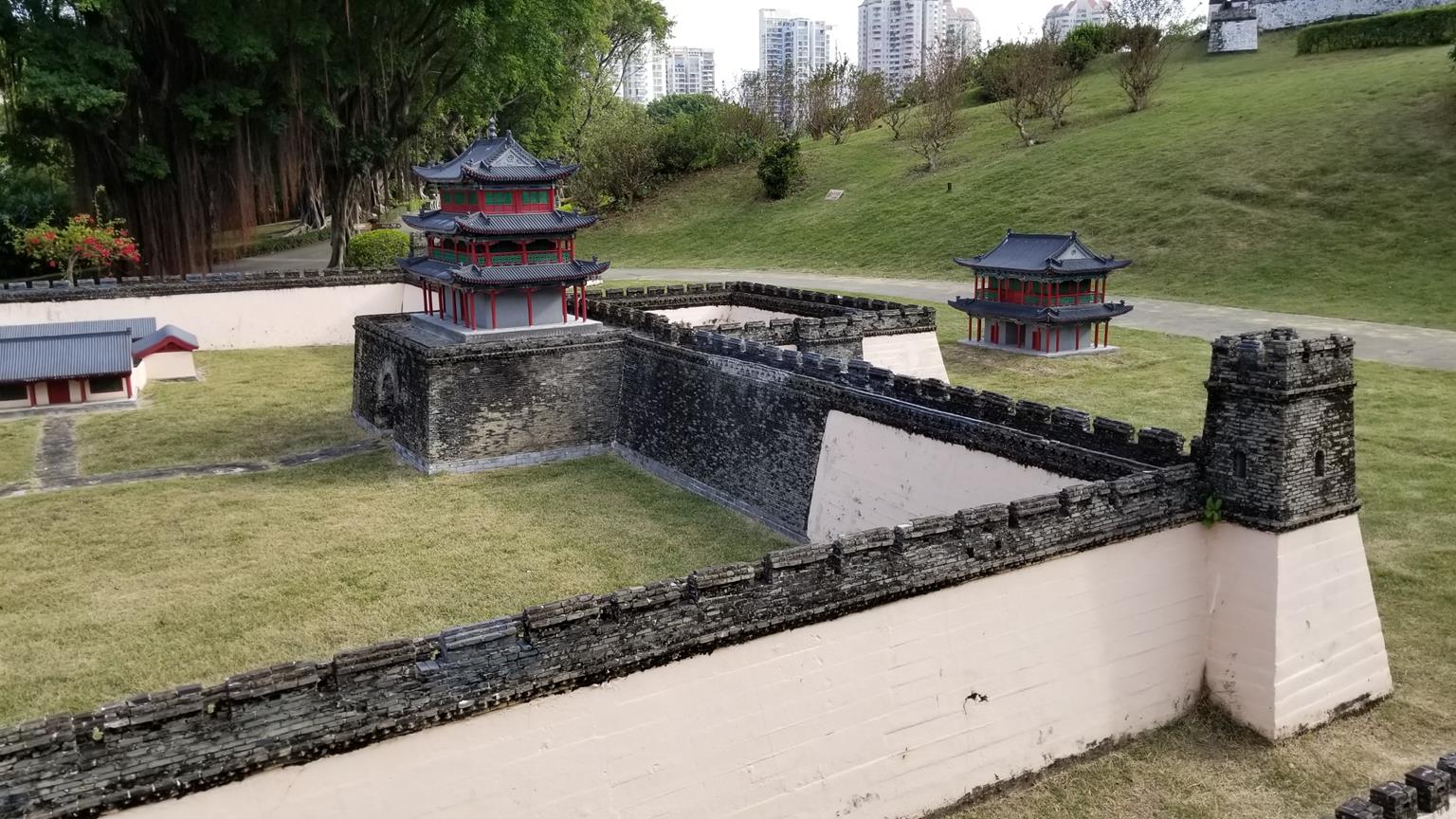


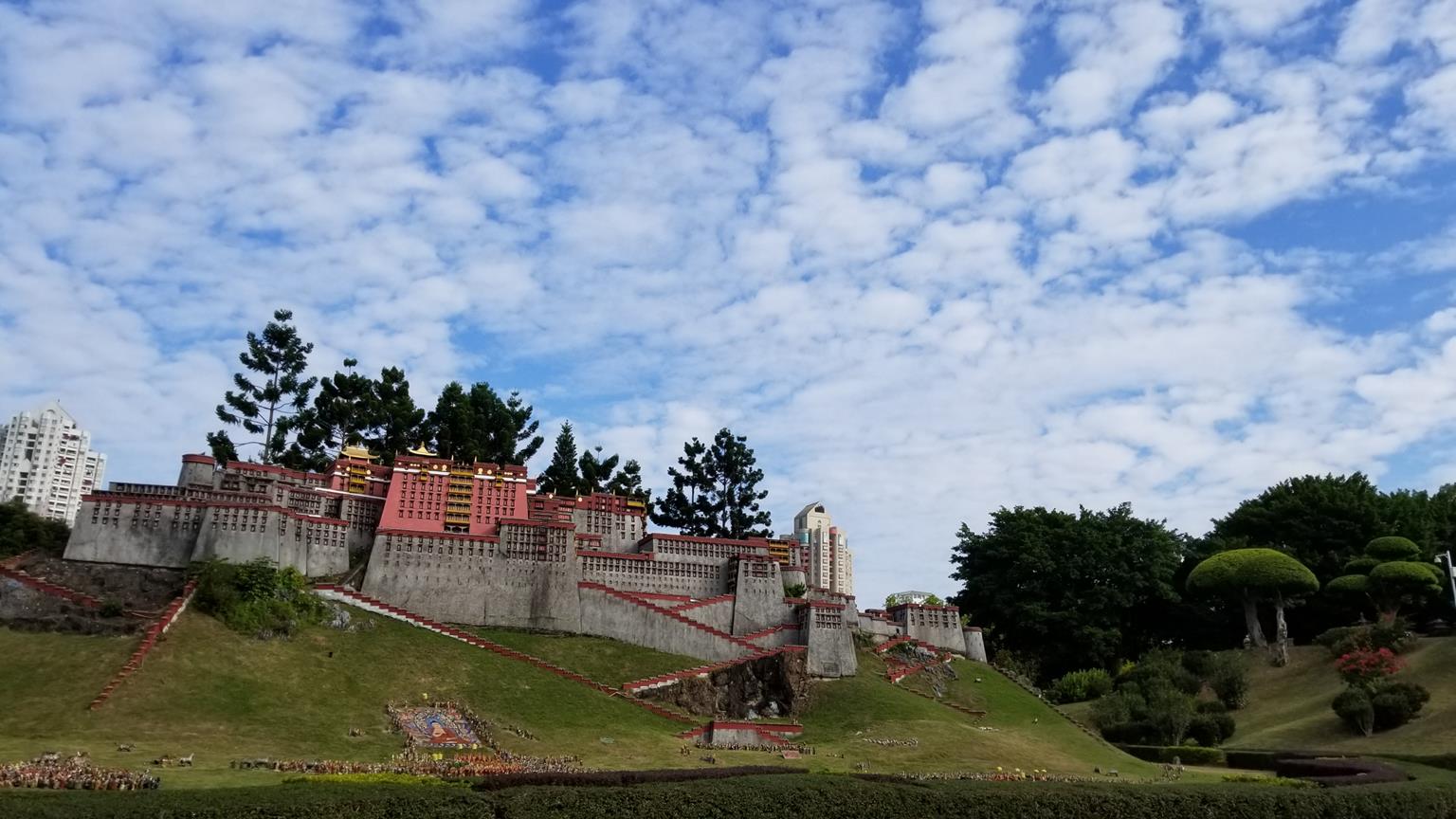
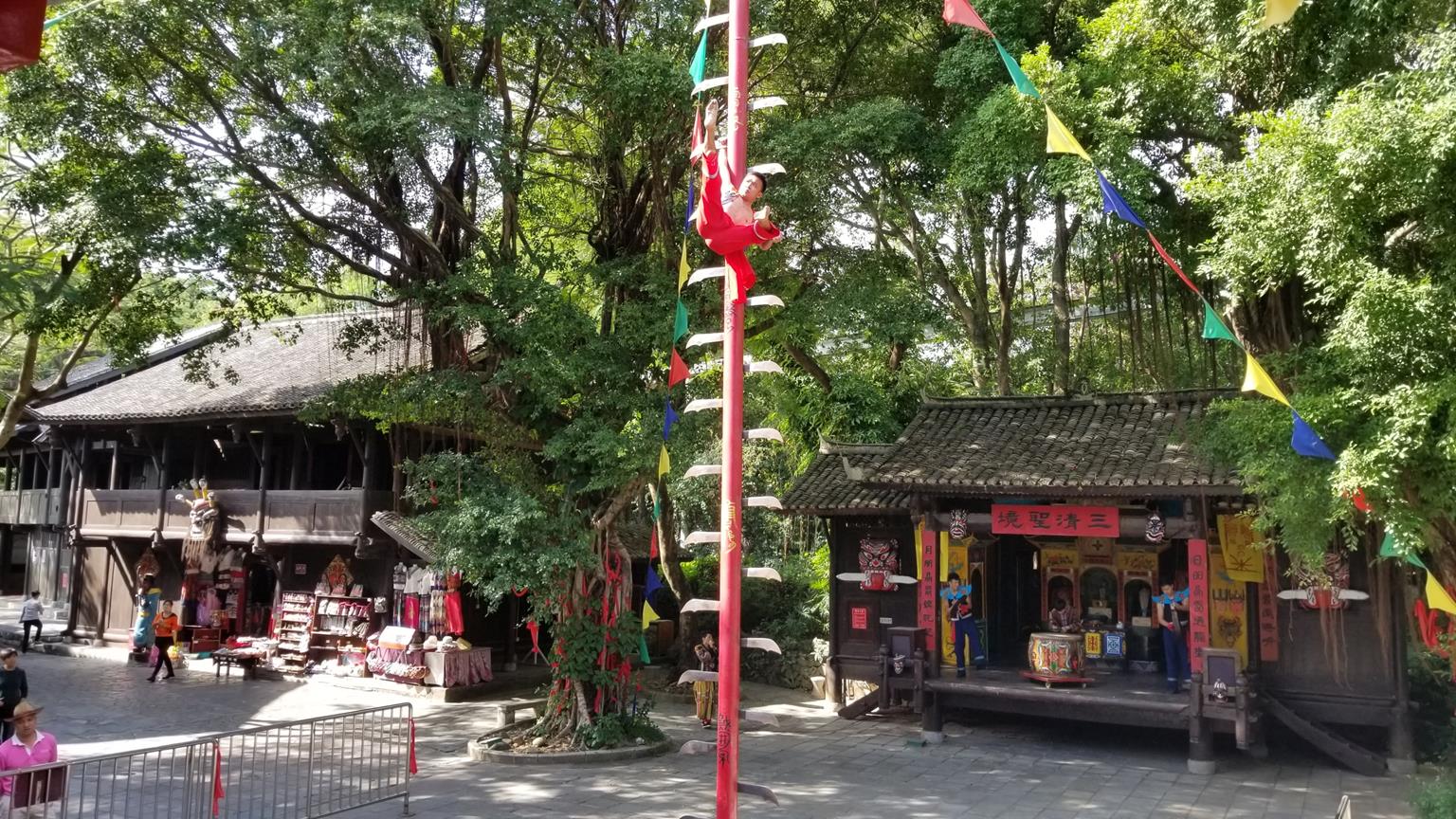

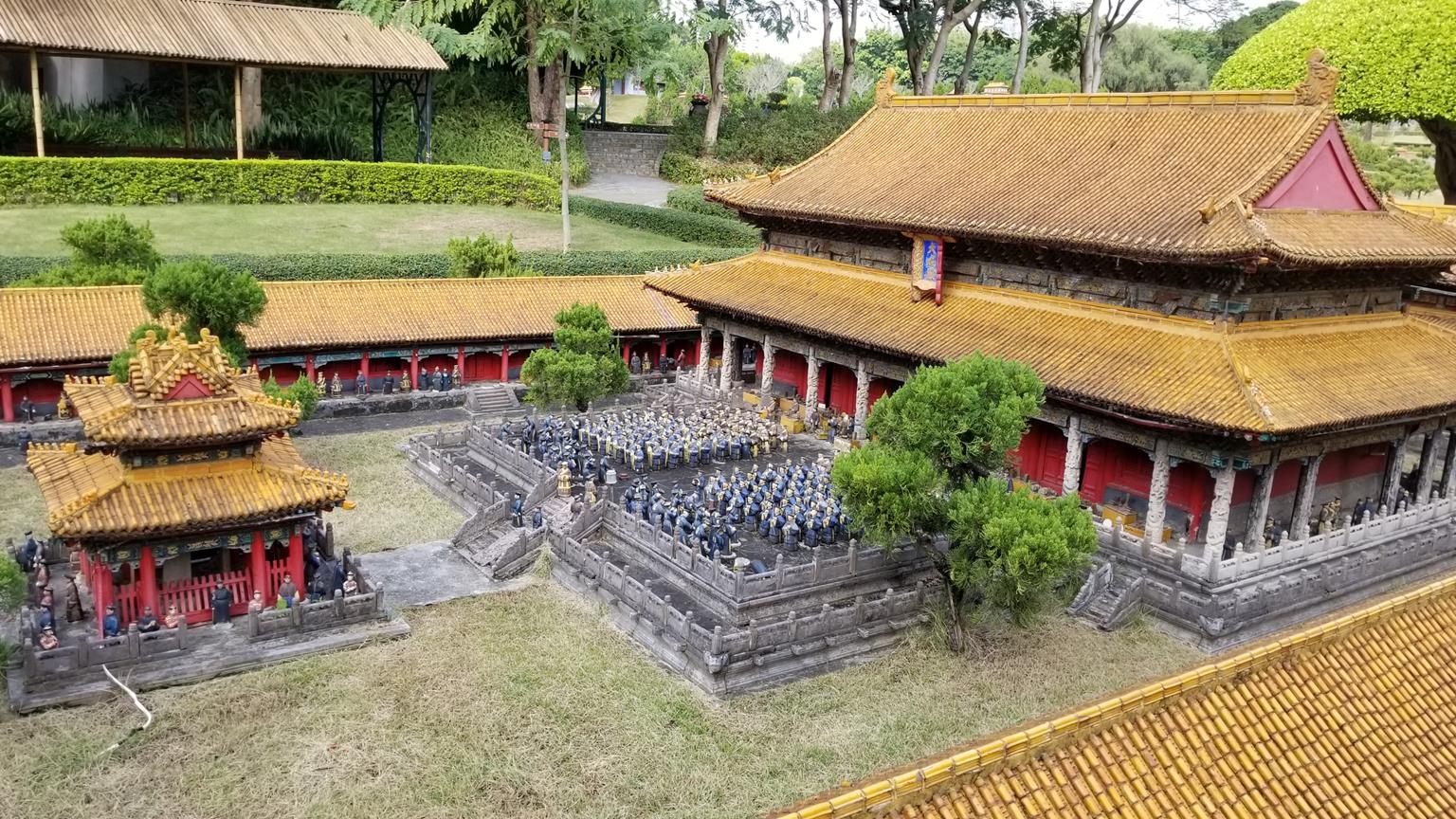
After visiting both, it is debatable whether they are worth the visit on a regular day. There were major construction projects in both parks for events happening for Christmas during late December, so the best time to visit would probably be during those event periods, with younger children to get the most out of it.
For the last day, my uncle arranged a tour of Tencent. Unfortunately, because my two days in town were on the weekend, the office was closed and as such we were only limited to the second floor for viewing, which was a small area that showed the number of installs and people connected to the WeChat messaging service. I did manage to ask him a bit about the company but as he was in sales he couldn’t tell me much about the technical side of things, and of course due to the language barrier it was also difficult to for me to translate.
Tencent started off as a company backed by venture capitalists for their initial instant messaging app, QQ, which is still used today as a social media hub, with most of the IM functionality being moved to their other product WeChat. The unique advantage these particular apps have is that they have many subfunctions, individual apps that exist within the Tencent ecosystem such as ordering taxis, getting takeout, shopping, or even renting bicycles. Recently, Tencent has surpassed Alibaba as the largest tech company in Asia, and the largest social media company in the world, surpassing Facebook with a market capitalization of over $500 billion USD.
The initial revenue stream of the company came primarily from offering a premium version of the QQ platform, as well as embedded ads into the platform, similar to how Google generates revenue by displaying ads. Subsequent revenue streams are mostly from their investments into online gaming platforms, which still makes up the bulk of their revenue. After their successful investment into Riot Games, the maker of one of the most played online games in the world, the company then took that revenue and put it back into acquiring stakes into a variety of tech startups in different technologies, and re-branding it under the Tencent flag, namely . Most recently their mobile payment platform WeChat Pay, a payment system similar to AliPay has also been a big source of revenue.
It is important to note however that the first and largest customer of Tencent is still the Chinese government. In fact, as of October 2017, there are approximately 7,000 employees of about 40,000 directly work for the company and are part of the Chinese communist party. The reason for this is that Tencent is one of the largest data centers in China, as other companies such as Facebook, Google, and Twitter are all banned in China due to the necessity to develop home talent in the technology front as well as being able to access the data of its users.
This is part of the Communist Party’s philosophy of the Internet, where they believe that the internet within a country should be regulated by the governing entity. Since China isn’t exactly a democracy, the Communist Party regulates all internet apps to ensure that voices of dissent with the main party are suppressed, although such events are much less likely to occur in recent years due to the ability to bypass tracking using various tools to mask your location as well as using public services such as Internet Coffee Shops.
The most interesting project that we discussed concerned Tencent’s relationship with the government and how they’re one of the major participants in the social credit system which the party has stated they want to put in place by 2020 in China. By collecting vast amounts of user generated data tied to a phone number, Tencent can keep track of a users spending habits, as well as food and travel habits, where they shop, whom they message, and various other meta-data that essentially can establish a profile for any individual that uses the service. Other large companies such as Alibaba are also participants, and the social credit system may be one of the most ambitious government technical project to ever be undertaken in the history of the world.
In the west, these kinds of activities already take place. Facebook keeps track of the locations you visit, analyzes pictures you upload to see the shops you frequent and suggests ads accordingly. Google is the same, and it would be very remiss to not consider every single app to have some sort of meta data collection going on that can then be sold to 3rd party advertisers (seriously, just read the often 20-or so pages of privacy policy some of these apps have, it’s all in there). Although this data is private and not accessible by the government through regular means, most companies will offer them up willingly provided the situation is important enough. For example, if the government suspects that an individual is a terrorist and is active on social media, they could subsequently subpoena the company and acquire information on the subject. In China, this step is removed and it is much easier for the government to access that information, which allows for greater control of that data, and allows them to take on more ambitious projects such as the social credit system.
To elaborate, this system would be much like the credit score that you can find in the west. However, instead of just attached solely to your financials, this social score would essentially be a personal number that increases with the amount of what is deemed to be a positive activity by the government, and decreases with activities deemed to be negative. The backbone of the system is actually built on the Sesame Credit system from Alibaba, with other major social media companies such as Tencent providing much of the needed data to track their users activity. The idea is that the score would be a general indicator of a person, entity, or corporation’s level of trustworthiness. Because a lot of deals in China still fall through due to trust issues between different parties, the government was spurned into action to create a system that can catch up to the west and establish a baseline so that people could do business without too much insecurity.
The implications this carries however doesn’t extend to just giving people more security while performing transactions with other people though. The government also plans on bundling a reward system with the score, as well as punishments for bad behavior. Users that have higher trust scores can get larger loans, rent cars without putting down deposits, or even getting visa applications approved more quickly. A lower score however means slower internet speeds, restricted access to restaurants, and for serious offenders, a complete ban from travelling outside the country, or the inability to get a job. It allows the government to nudge people’s behaviors and habits, to make them more in line with the communist values that the party promotes.
Because there’s very little transparency involved with the algorithm that the government plans on using to rate its users, it’s difficult to tell which activities will be deemed trustworthy or not. Furthermore, there could be a variety of unintended consequences, such as whether people will be able to essentially purchase boosts to their score on the black market. Similarly, security issues would be called into question, with hackers introducing a whole new level of problems that the system could be vulnerable to.
It is very much a “Big data meets Big Brother” kinda of situation, an almost Orwellian view of the government powered by the amount of data their users are willing to provide free of charge for the level of convenience that these apps offer. As we approach the age of technology where essentially our online lives merge with our offline ones, systems such as these are really no surprise. It is a surprise that the timeline the government has set is so bold though, with local versions of the project already taking place at the local level (Shanghai has a version called Honest Shanghai).
In terms of other projects Tencent is working on, apart from gaming, a lot of it is focused on AI, with the company’s public stance that due to the lack of education infrastructure around the topic, the west is still ahead in terms of machine learning. Tencent isn’t slouching in this regard though, in recent years a majority of its new hires have been in the AI category, as well as tripling their investment into the AI space in the past year. Although it wasn’t revealed exactly what these projects would be, it could be safe to assume that they are variations of home improvement robots such as Google Home, Siri, and Alexa, of Google, Apple, and Amazon respectively. It’s also very likely for companies such as Tencent to have various forays into other smart cloud services such as cloud computing and smart cars that can essentially talk to each other to relay traffic patterns, which is a huge problem in China that could be solved with AI.
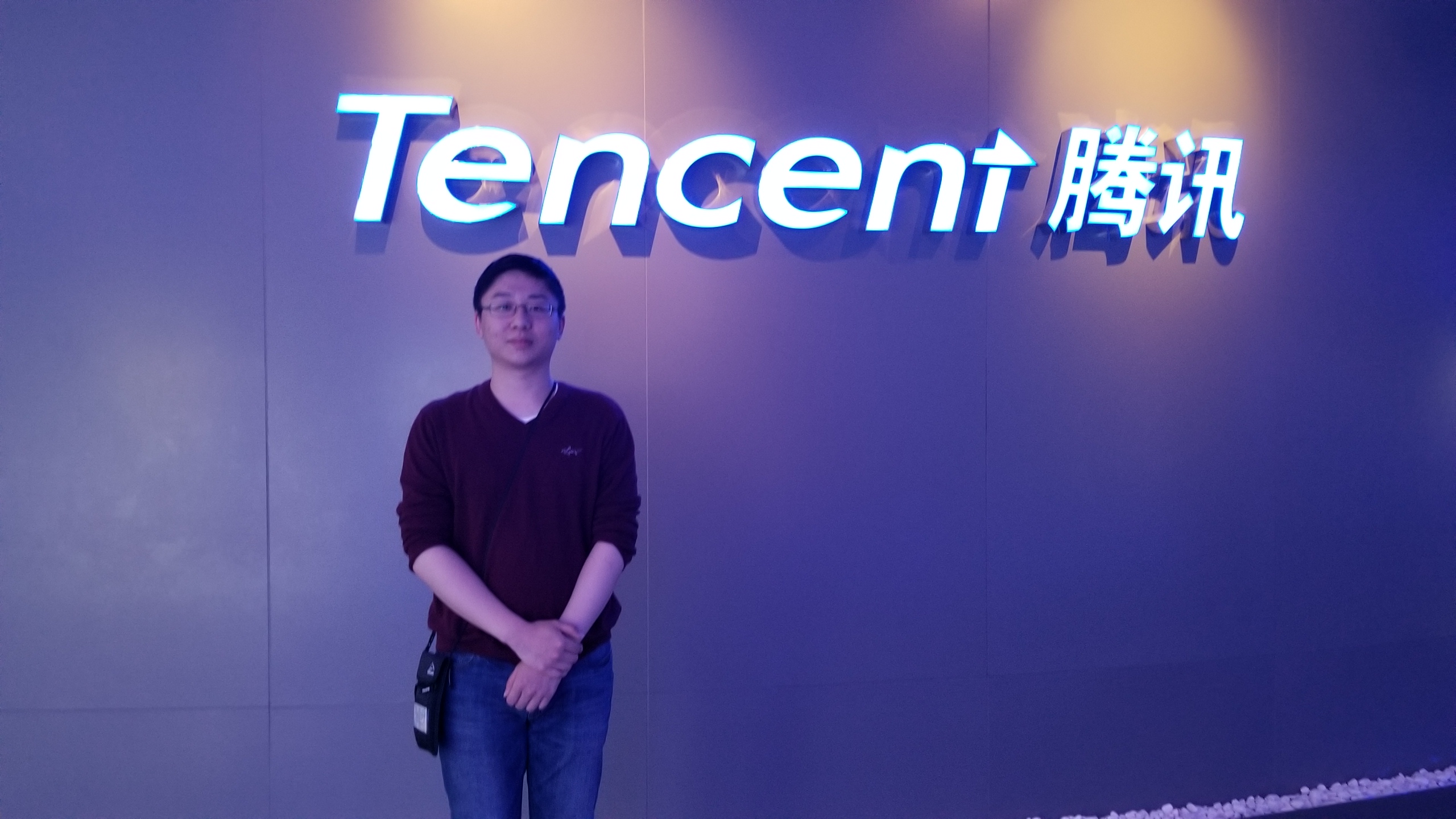
Overall, this 2 week trip to China has been quite revealing. The breakneck speed that the country has been developing at is quite unfathomable in the west. The proof is in the pudding – driving to the Shenzhen airport from Shekou, it was possible to see dozens of skyscrapers lining up for completion.
One thing that I noticed though is that most of these major cities look practically identical. There might be different flavors of cuisine found in each city, but there’s very little in terms of different flavors in terms of city design. Walking around in Beijing feels similar to walking down another street in Xi’an, and the same was felt for Kunming and later Shenzhen. The subway system, although very elaborate and well serviced, are also the exact same. Although this level of conformity creates an atmosphere of reassurance for the regular traveler – learning how to use the system in one city guarantees you to know how to use it in another, it also strips away some of the personality a city could potentially have.
I do think that overall China is facing many of the issues the west is facing. Environmental pollution due to rapid human development, congested roads due to the overall increase in wealth of the country and thus the increase of luxury goods purchased by individuals, these are all issues that we need to consider. The Chinese government is doing well on this front, with increased investment into solar and wind power, with visible wind farms on the mountains in Xi’an and the plethora of solar panels found at the Shenzhen airport, but it remains to be seen whether these measures will be enough to stem the tide of human development that has already affected most of China.
However, because my visit was so short and the amount of destinations I could go to was limited, it only offered a small window into the country. A lot of time was also spent navigating and lesslittle time was dedicated to each location. For future trips, I believe that more time should be dedicated to each location, but with each day having specific itineraries to make each destination more meaningful. With the amount of data available now, it is possible to plan for schedules down to the last minute.
But alas, that’s another story for another time. That’s it for this entry, see you on the next trip.